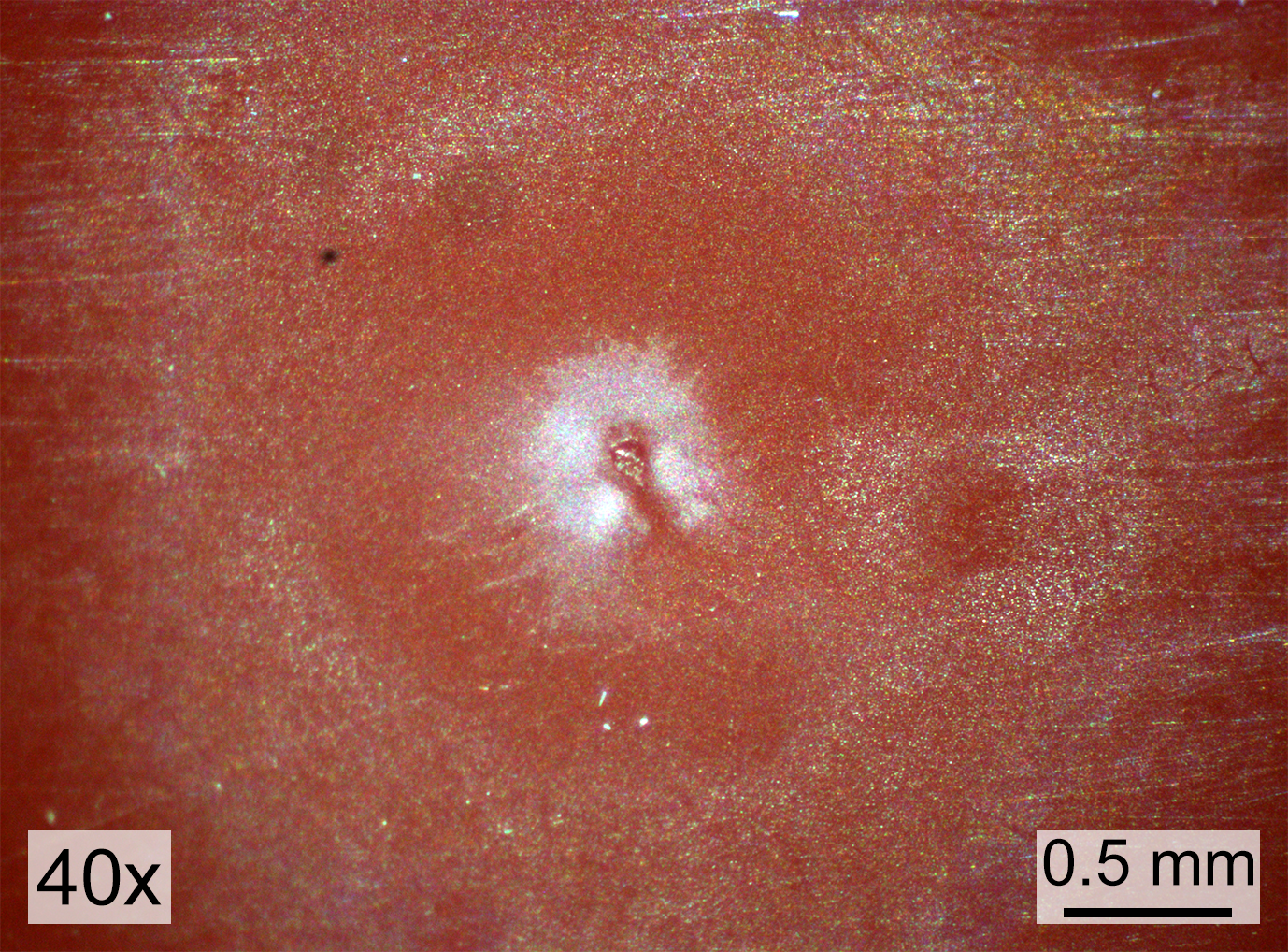G. Buccella, A. Basso Peressut, L. Brambilla, A. Villa, M. Di Virgilio, L. Barbieri, D. Palladini, G. D’Avanzo, S. Venturini, G. Dotelli
Polym. Degrad. Stab., 228 (2024), 110901, 1-15
https://doi.org/10.1016/j.polymdegradstab.2024.110901
Failures due to the degradation of polymeric insulation in components of electrical power systems are difficult to predict. Partial discharges (PDs) are one of the main phenomena that contribute to polymeric insulators’ aging. Therefore, a better understanding of the aging process due to PDs is crucial to develop effective models that predict degradation, optimize materials and propose diagnostic indicators. Here we present an experimental characterization, via Fourier-transform Infrared spectroscopy (FTIR), of a composite material exposed to PDs. The material consisted of cured epoxy resin mixed with silica (quartz). Aging tests with surface discharges, using a needle-plate configuration, were conducted considering two atmospheres (air and CO2) and four exposition times (6, 24, 72 and 120 hours). To aid the interpretation of spectroscopic data, we included a series of simulation results. The main effect observed was the erosion and removal of epoxy resin from the surface of the samples, proportionally to treatment time and distance from the needle. Along with erosion, new chemical species (possibly oxalate salts) were detected on the surface exposed to air-plasma. These species were likely formed and then removed due to plasma activity over time. On the other hand, samples aged in CO2 atmosphere underwent only epoxy resin erosion. (© 2024 Elsevier B.V. All rights reserved.)

